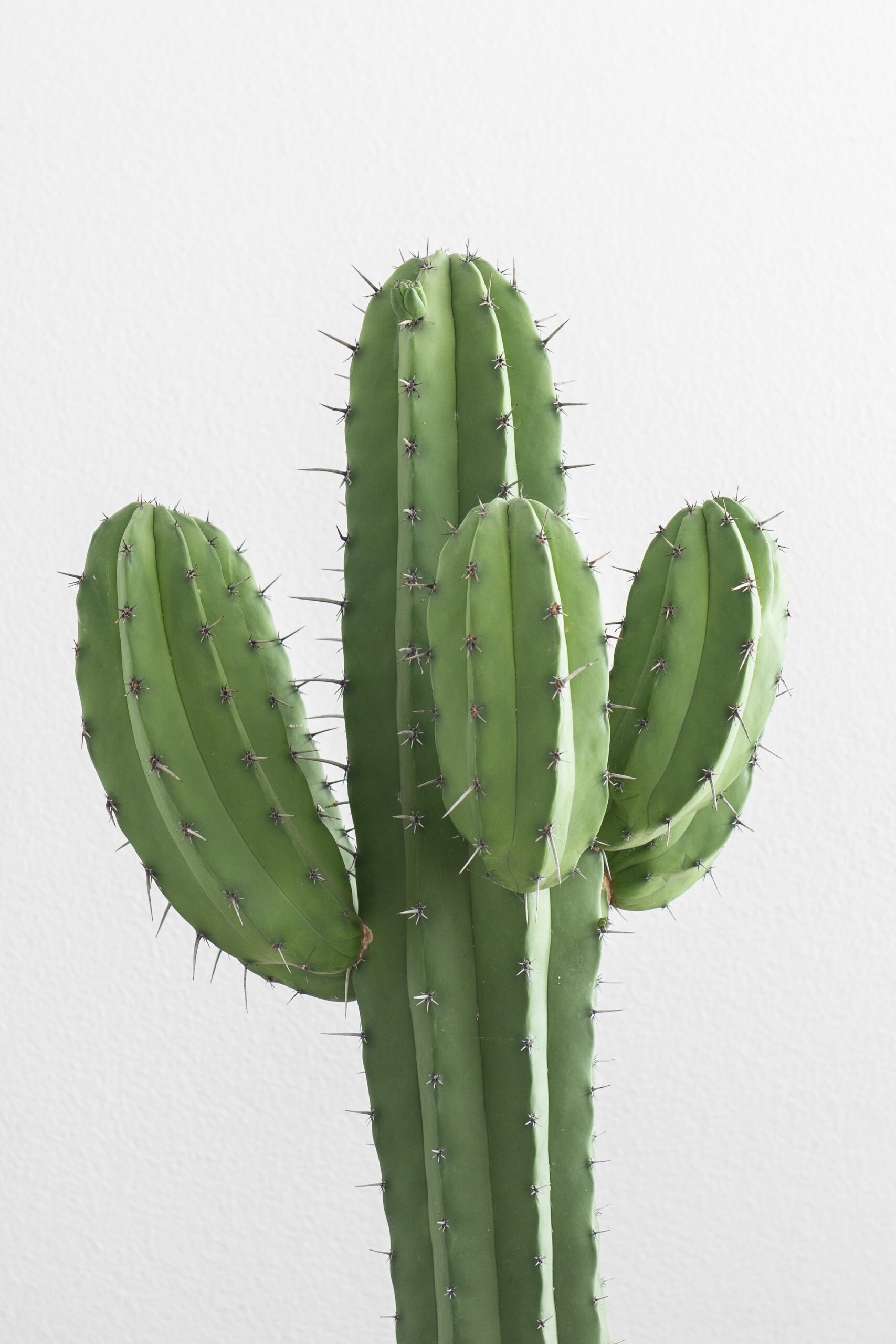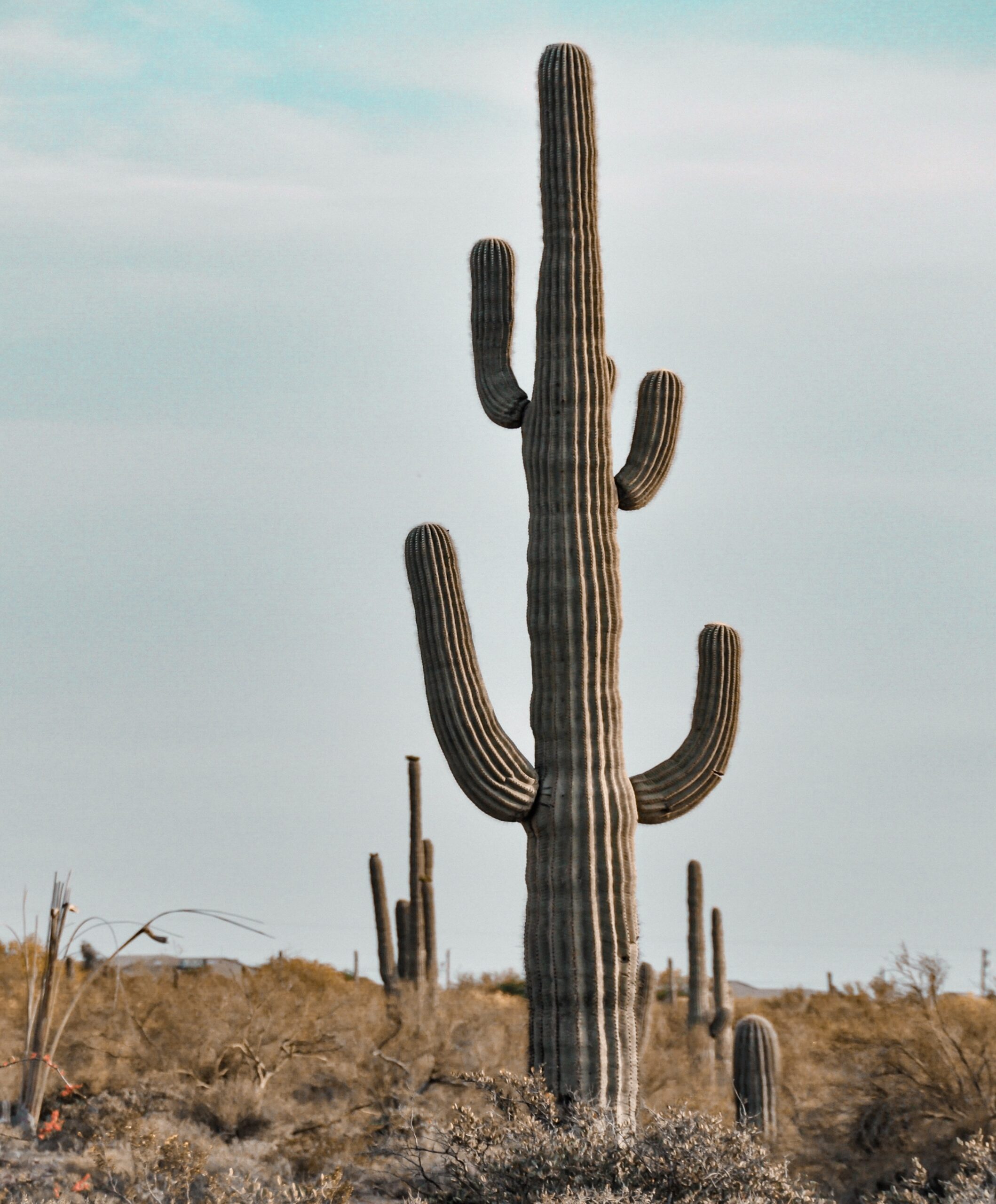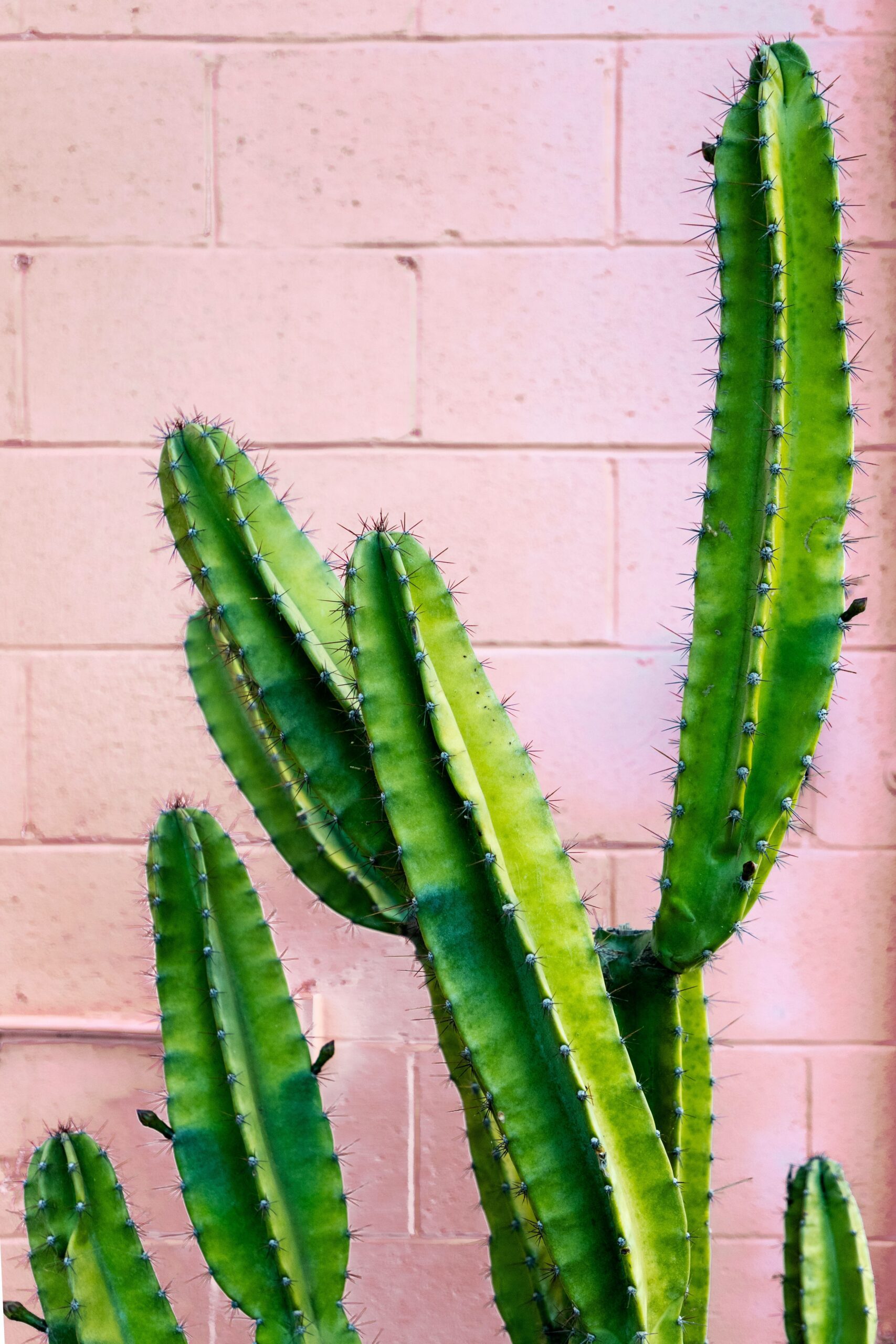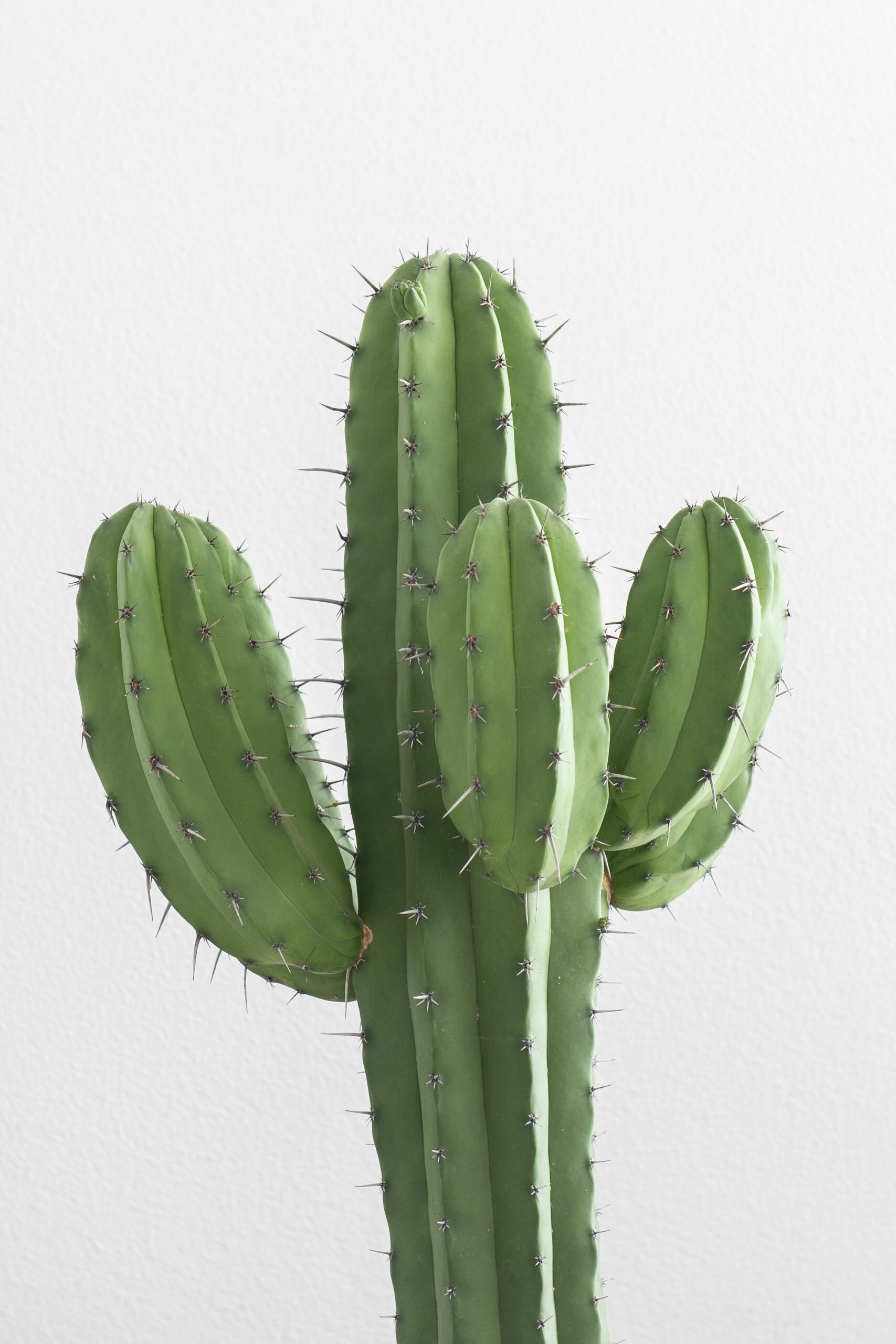Have you ever heard of a nopal? If not, you’re in for a fascinating discovery! A nopal is a type of cactus commonly found in Mexico and other arid regions of the Americas. With its vibrant green color and unique shape, the nopal has not only become a symbol of resilience but also an integral part of various cuisines. This article will explore the wonders of the nopal, from its versatile uses in food to its rich cultural significance. Get ready to be pleasantly surprised by the incredible world of the nopal!

What Is a Nopal?
Brief Overview
A nopal is a type of cactus that belongs to the Opuntia genus. It is native to the Americas and is widely cultivated in Mexico. Nopales, the edible pads of the nopal cactus, have been an important part of Mexican culture and cuisine for centuries. They have a rich history and are valued for their culinary, medicinal, and ecological significance. Nopales are often used in traditional Mexican dishes and are known for their nutritional benefits and diverse applications in various industries.
Etymology
The term “nopal” derives from the Nahuatl word “nopalli,” which means cactus or prickly pear. The word has been adapted into Spanish and is commonly used to refer to both the nopal plant and its edible pads. The name accurately reveals the prickly nature of the cactus, which is characterized by its sharp spines and tough skin.
Classification and Description
Taxonomy
The nopal cactus belongs to the Opuntia genus, which is part of the Cactaceae family. Within this genus, there are numerous species and cultivars of nopal, each with its own unique characteristics. Opuntia ficus-indica, Opuntia joconostle, and Opuntia megacantha are some of the most commonly recognized species of nopal.
General Characteristics
All species of nopal share certain general characteristics. They are perennial plants with succulent stems and pads that store water, enabling them to survive in arid conditions. Nopales are equipped with spines, which act as a protective mechanism against herbivores. The cacti also produce vibrant flowers that bloom in various colors, including yellow, orange, and red.
Physical Appearance
Nopales vary in size and shape depending on the species and cultivar. The pads can range from round to oval, with some species having more elongated or flattened pads. The color of the pads can be green, blue-green, or even purple. The spines on the pads can vary in length and density, with some species having densely covered pads and others having fewer spines. The flowers are generally large and showy, attracting pollinators such as bees and butterflies.
Varieties of Nopal
Opuntia ficus-indica
Opuntia ficus-indica, commonly known as Indian fig opuntia or prickly pear cactus, is one of the most widely cultivated species of nopal. It is native to Mexico but has been introduced and naturalized in many other regions. This species is characterized by its large, oval-shaped pads and prominent spines. Opuntia ficus-indica is known for its sweet and juicy fruits, called tunas, which can be consumed raw or used in various culinary preparations.
Opuntia joconostle
Opuntia joconostle, also known as the Mexican sour prickly pear, is another important species of nopal. It is native to central Mexico and is characterized by its sour-tasting fruit and distinctively long spines. The pads of Opuntia joconostle are smaller compared to other species but are highly valued for their culinary and medicinal uses. The fruits, known as xoconostles, are often used in traditional Mexican dishes for their tangy flavor.
Opuntia megacantha
Opuntia megacantha, commonly referred to as the giant prickly pear, is a species of nopal native to northern Mexico and southwestern United States. This species is known for its robust growth and large, flattened pads. Opuntia megacantha is particularly valued for its sweet and juicy fruit, which is similar to the Indian fig opuntia. The long spines on this cactus act as a deterrent to potential predators.
Cultivation and Harvesting
Suitable Climates
Nopales thrive in arid and semi-arid regions with low annual rainfall. They are well adapted to survive in hot and dry climates, making them suitable for cultivation in desert-like conditions. However, they can also tolerate some cold temperatures, as long as frost is not prolonged. Nopal cultivation is most successful in regions with temperatures ranging from 20 to 35 degrees Celsius (68 to 95 degrees Fahrenheit).
Propagation Methods
Nopales can be propagated by several methods, including seeds, cuttings, and grafting. Seeds are collected from mature fruits and sown in well-draining soil. Cuttings are taken from young pads and left to dry for a few days before being planted. Grafting involves joining a piece of a nopal stem onto the rootstock of another cactus. Each propagation method has its advantages and is suitable for different purposes.
Growth Cycle
The growth cycle of nopal cacti typically begins in spring when new pads emerge from the stems. These pads continue to grow throughout the summer months, reaching their maximum size. In autumn, the growth rate slows down, and the cacti prepare for the dormant period during winter. Nopales are resilient plants that can survive extended periods without water, relying on the stored moisture in their pads to sustain them during droughts.
Harvesting Techniques
Nopales are usually harvested when the pads are young and tender, before they become too tough. Harvesting involves carefully removing the pads from the cactus using gloves or tongs to avoid contact with the spines. After harvesting, the pads need to be cleaned by removing the spines and outer skin before they can be cooked or consumed. The timing and technique of harvesting depend on the specific culinary or medicinal purpose.

Culinary Uses
Traditional Mexican Cuisine
Nopales have been a staple ingredient in traditional Mexican cuisine for centuries. The tender pads are widely used in a variety of dishes, adding a unique texture and flavor. They can be prepared in numerous ways, including grilling, sautéing, boiling, or even eaten raw in salads. Nopales can be used in soups, stews, tacos, omelets, and even desserts. Their mild and slightly tangy taste complements other ingredients and enhances the overall flavor of the dish.
Nutritional Value
Nopales are highly nutritious and offer various health benefits. They are low in calories, fat, and cholesterol while being rich in fiber, vitamins, and minerals. Nopales are a good source of vitamin C, vitamin A, calcium, and potassium. They also contain antioxidants and have been linked to improving digestion, boosting the immune system, and promoting heart health. Incorporating nopales into a balanced diet can contribute to overall well-being.
Recipes
There are countless delicious recipes that feature nopales as a main ingredient. One popular dish is “nopalitos con huevos,” which involves sautéing nopales with onions, garlic, and spices and then adding scrambled eggs to create a flavorful breakfast or brunch option. Another iconic dish is “tacos de nopales,” where grilled nopales are served on warm tortillas with various toppings such as cheese, salsa, and avocado. Additionally, nopales can be pickled, made into jams, or used as a filling for savory pastries.
Medicinal and Health Benefits
Anti-inflammatory Properties
Nopales have been recognized for their anti-inflammatory properties. The presence of bioactive compounds, such as flavonoids and betalains, contribute to the anti-inflammatory effects of nopales. Consuming nopales or using nopal extracts has shown potential in reducing inflammation associated with conditions like arthritis and certain gastrointestinal disorders.
Blood Sugar Regulation
Nopales have been found to help regulate blood sugar levels due to their high fiber content and low glycemic index. The fiber in nopales slows down the absorption of glucose, preventing sudden spikes in blood sugar levels. This makes nopales a beneficial addition to the diet of individuals with diabetes or those seeking to manage their blood sugar levels.
Digestive Health
The fiber in nopales also promotes good digestive health. It helps regulate bowel movements, preventing constipation and promoting a healthy digestive system. Nopales can act as a natural laxative and may alleviate symptoms of digestive disorders such as irritable bowel syndrome. The mucilage present in nopales can also soothe and protect the digestive tract.
Skin Health
The gel-like substance within nopales contains moisturizing and soothing properties that can benefit the skin. Nopal extracts or gel can be applied topically to hydrate and rejuvenate the skin. Its anti-inflammatory properties may also help reduce redness and irritation caused by various skin conditions, such as acne or eczema.

Ecological Importance
Drought Resistance
Nopales are incredibly resilient to drought conditions. Their ability to store and conserve water in their pads allows them to survive extended periods without rainfall. This makes nopales valuable plants in regions prone to drought, as they are able to withstand dry spells and maintain their vibrant green color even in harsh environments.
Soil Erosion Prevention
The extensive root system of nopal cacti helps prevent soil erosion. The roots penetrate deeply into the soil, binding it together and stabilizing slopes. This is particularly beneficial in areas with steep terrain or prone to erosion, as the nopal cacti act as natural barriers, preventing soil erosion and loss of valuable topsoil.
Symbolic and Cultural Significance
Pre-Columbian Aztec Mythology
In pre-Columbian Aztec mythology, the nopal cactus held significant symbolism. It was believed to be the guiding sign that led the Aztecs to establish their capital city, Tenochtitlán, on the site where an eagle perched on a nopal was spotted devouring a snake. This iconic image can still be seen on the Mexican flag today.
Mexican National Symbol
Nopal is considered a national symbol of Mexico and is deeply ingrained in Mexican culture. It is often associated with resilience, adaptability, and strength, reflecting the characteristics of the Mexican people. The nopal cactus can be found in Mexican art, literature, and folklore, serving as a powerful symbol of national identity.
Folklore and Superstitions
Nopales are surrounded by folklore and superstitions in Mexican culture. It is believed that placing a nopal next to the bed can ward off evil spirits and protect against bad dreams. Additionally, it is said that carrying a small piece of nopal in your pocket can bring good luck and prosperity.
Commercial and Industrial Applications
Cosmetics and Beauty Products
Nopal extracts and gel are used in the cosmetics industry for their moisturizing and anti-aging properties. Nopal-based skincare products can help hydrate the skin, reduce the appearance of wrinkles, and improve overall skin texture. They are often used in creams, lotions, and facial masks.
Pharmaceutical Industry
The bioactive compounds found in nopales have potential pharmaceutical applications. Extracts from nopales have shown antibacterial, antiviral, and antifungal properties, making them valuable for developing drugs to combat various pathogens. Research is ongoing to explore the medicinal potential of nopales in the treatment of illnesses and diseases.
Bioplastics
Nopal-based bioplastics are gaining attention as an eco-friendly alternative to conventional plastics. The high sugar content of nopales can be converted into biopolymer materials that are biodegradable and renewable. Nopal bioplastics offer a sustainable solution to reduce plastic waste and lessen the environmental impact of traditional plastics.
Animal Feed
Nopales are also used as a feed source for livestock, particularly in arid regions where traditional forage crops are in short supply. The pads of the nopal cactus are rich in nutrients and can provide essential hydration to animals during drought conditions. Nopales offer a sustainable and affordable option to supplement animal feed.
Nopal’s Global Distribution
Regions of Cultivation
Nopales are primarily cultivated in Mexico, where they have been an integral part of the culture and cuisine for centuries. However, they are also grown in other countries of the Americas, such as the United States, Brazil, Peru, and Chile. Nopal cultivation has expanded to regions with similar arid and semi-arid climates worldwide, including parts of Europe, Africa, Asia, and Australia.
Import and Export
Due to the increasing popularity and demand for nopales, they are both imported and exported globally. Countries with a significant Mexican diaspora often import fresh or processed nopales to cater to their culinary traditions. On the other hand, Mexico exports nopales and their by-products to meet the international demand for this versatile and nutrient-rich ingredient. The import and export of nopales contribute to the widespread availability and accessibility of this unique cactus.

